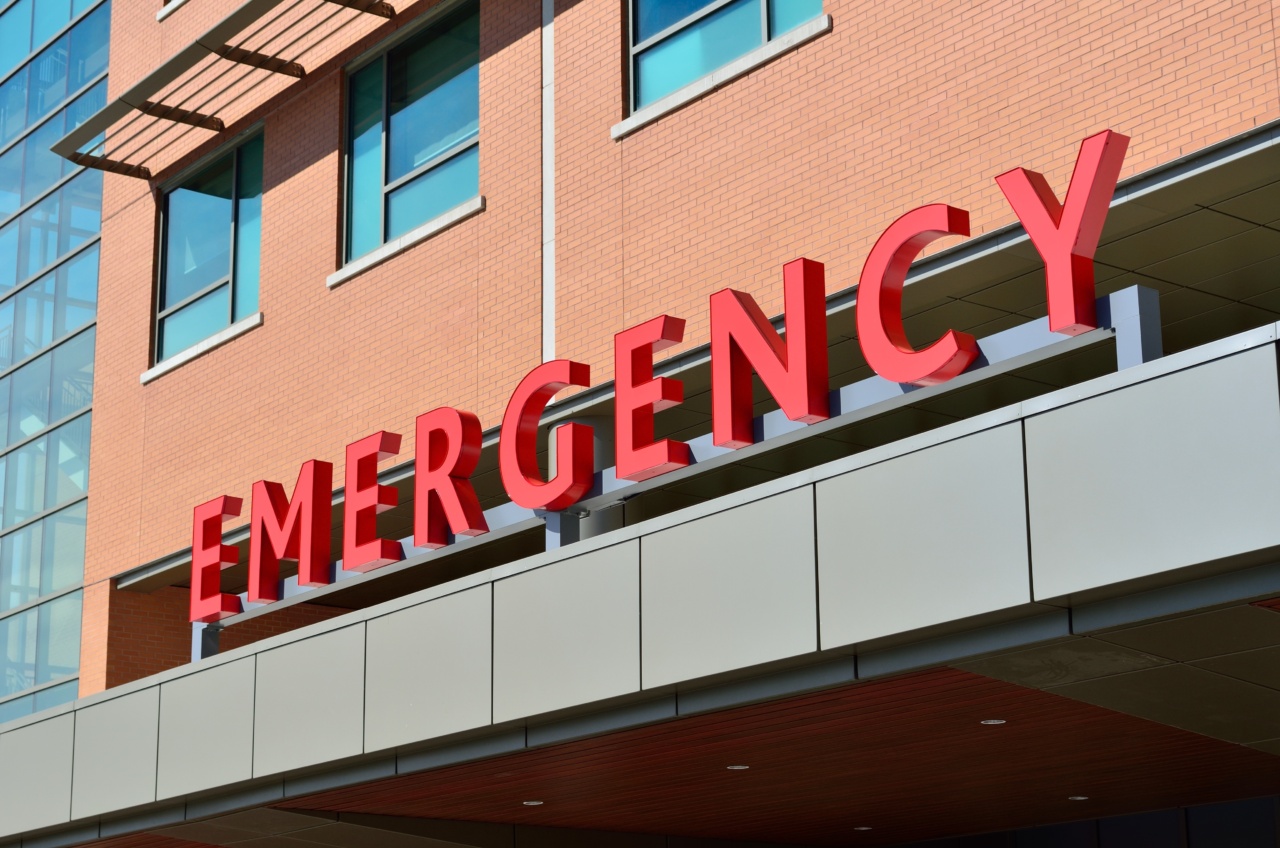Medical emergencies can happen at any time, and it’s crucial to know where to go for urgent medical care. Urgent medical care facilities are designed to provide immediate medical attention for non-life-threatening conditions.
These facilities are an excellent option when your primary healthcare provider is not available, or the emergency room may not be the best fit for your situation.
What Is Urgent Medical Care?
Urgent medical care is medical care that is non-emergency but still requires immediate attention. Urgent care facilities are not the same as emergency rooms.
These facilities offer medical services to patients suffering from injuries or illnesses that cannot wait for a scheduled appointment with their primary health care provider.
Types of Conditions Treated at Urgent Care
Urgent care facilities provide medical care services for patients dealing with non-life-threatening medical issues. Here are some of the conditions that are treated at urgent care facilities:.
- Broken bones, sprains, or strains
- Cuts that may need stitching
- High fever
- Flu or colds
- Sore throat
- Ear infections
- Minor burns or injuries
- Urinary tract infections
- Abdominal pain or discomfort
- Allergic reactions
What to Expect at Urgent Care
Urgent care facilities are designed to provide immediate medical attention to patients. When you visit urgent care, here’s what you can expect:.
- Check-in: The check-in process is similar to a doctor’s office. You’ll be asked to fill out medical history forms and insurance information.
- Testing: If needed, the healthcare provider at urgent care may order tests such as X-rays, blood tests, or urine tests.
- Treatment: After the healthcare provider determines the underlying issue, the patient would get the appropriate treatment for their condition.
- Prescriptions: If required, the healthcare provider will prescribe medications to help alleviate the symptoms of your condition.
- Aftercare: The healthcare provider will instruct you on what to do after your visit to the urgent care facility. They may also coordinate follow-up appointments with your primary healthcare provider.
When to Go to the Emergency Room
Urgent care facilities are perfect for non-life-threatening conditions. But if you’re experiencing life-threatening symptoms, you should go to the emergency room immediately. Symptoms of severe medical conditions include:.
- Chest pain or pressure
- Concussion or other traumatic injuries
- Seizures
- Vision loss
- Persistent or severe vomiting or diarrhea
- Stroke symptoms, such as slurred speech or facial drooping
- Severe allergic reaction, such as difficulty breathing
- Severe burns or cuts
- Sudden, severe headache or dizziness
- Suicidal or homicidal thoughts or actions
- Poisoning or suspected overdoses
Insurance Coverage for Urgent Care
Most insurance plans will cover urgent care services. However, it’s essential to check with your insurance provider before receiving medical care at an urgent care facility to ensure that you’re covered.
The cost of urgent care services is generally more affordable than going to the emergency room, as insurance providers often offer lower copayments or coinsurance for urgent care visits.
Conclusion
Knowing where to go for urgent medical care can save you time, money, and stress. Urgent care facilities are designed to provide immediate medical attention to non-life-threatening conditions.
It’s essential to note that emergency rooms are for emergencies, and you should head there if you’re experiencing life-threatening symptoms. Always consult your primary healthcare provider before seeking medical care at an urgent care facility.




























